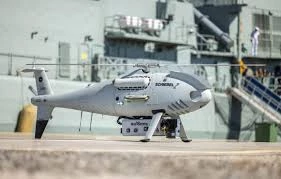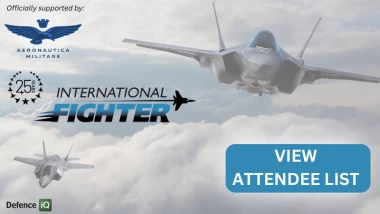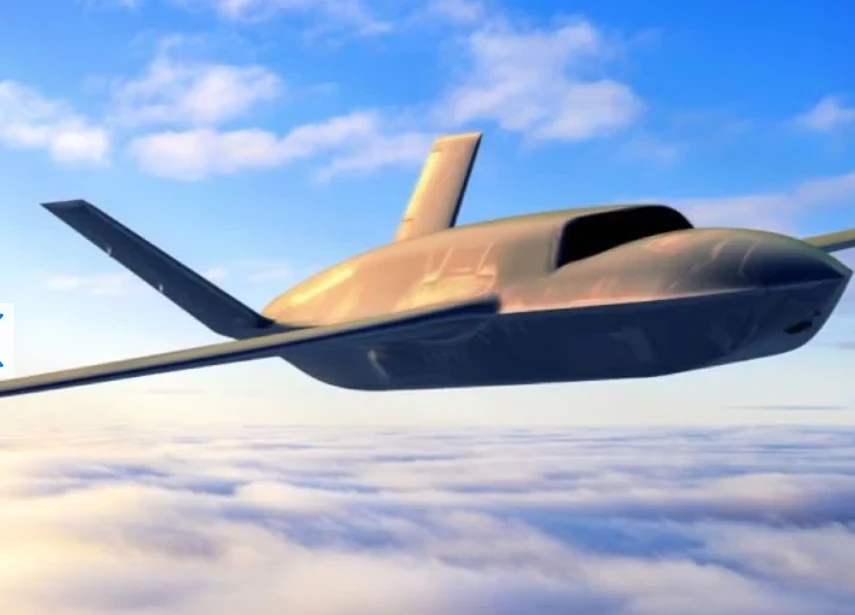Explaining the alternatives for UAV navigation
Add bookmarkAbout the author
Doctor (Colonel Ret) Jerry LeMieux is the founder and executive director of the Unmanned Vehicle University. He is a military and civil aviation expert and consultant with over 40 years and 10,000 hours experience. He has been responsible for numerous Advanced Concept Technology Demonstrations, USAF CONOPS development, flight test and training. He has held positions as an engineering director, program manager, systems engineer and expert in aircraft sensors and electronic systems. He has flight test engineer experience with all major test ranges including Edwards, Eglin, WSMR and the Nellis AFB Range Complex.
__________________________________________________________________________________
UAVs use a number of navigation systems to fly a path to an assigned area. The generated coordinates are also used to geo-locate the UAV position and its imagery, making it a very important part of the Unmanned Aircraft System (UAS).
One method of navigation is by using an inertial navigation system (INS). An INS can have many different architectures, sizes and degrees of precision. Most INS’s use accelerometers to determine acceleration and gyroscopes to determine angular rotation. These accelerometers and gyroscopes are packaged together into an inertial measurement unit (IMU). An INS can determine position, orientation and angular velocity using only the IMU readings and elapsed time. Normally, an initial known position is loaded on startup to align the INS system. The problem with an INS is that over time, measurement accuracy degrades and errors accumulate. Typically, the smaller the INS, the larger the decrease in accuracy. Sometimes the INS has bad estimates of position that are far from a previous estimate.
Many countries have developed independent satellite navigation systems that are more accurate than INS. The USA has GPS, Europe has Galileo, Russia has the Global Navigation Satellite System (GLONASS), China has Beidou or COMPASS, India has the Indian Regional Navigation Satellite System (IRNSS), France has the Doppler Orbitography and Radio (DORIS) and Japan has the Quazi Zenith Satellite System (QZSS). Collectively, they are all called the Global Navigation Satellite System. These satellite systems are normally found in low earth orbit with orbital periods of 10 to 15 hours. This orbit causes the geometry of the satellites to constantly change. Since a GPS position estimate is a solution to a triangulation problem, the accuracy depends on the geometry. Poor geometry means a poor estimate of position.
Other problems with satellite navigation are that the signal is very weak; the signal can be easily interfered with or jammed; and the signal cannot penetrate buildings and is subject to atmospheric interference. There are also many sources of error introduced into the satellite position estimate. The ionosphere and troposphere disturbances cause the satellite signal to slow down as it passes through the atmosphere. Signals hit objects and are reflected off. This causes the signal to be delayed before it reaches the receiver. Another name for this phenomenon is called multipath. The clock inside the satellite receiver is not as accurate as an atomic clock and slight timing errors lead to errors in calculations. It is possible to correct for these errors using a differential signal. If a position on the ground is known exactly it can be compared to a satellite navigation signal estimate. The error between these positions can be calculated and used to correct the satellite navigation signal.
A satellite navigation position estimate is normally very good and much better than INS. Sometimes the signal is poor due to bad satellite geometry. Sometimes the satellite navigation signal is not available due to interference or jamming. When flying a UAV in a valley or in a city, the satellite signals can be blocked and the signal is not available. So what can we do when the satellite signal is blocked? One of the most common methods used to is to combine a satellite navigation receiver with an INS. During the times that the satellite signal is not available, the INS takes over. However, again, the INS accumulates errors over time and may not be the best choice. So, in an integrated satellite/INS solution, how do we choose which signal will be used. The answer is to use a data fusion algorithm that will pick the most accurate estimate of position. The most common type of fusion algorithm is called the Kalman filter. The Kalman filter tracks both the INS and satellite system position estimates over time. If an estimate is very far off from a previous estimate it is rejected. The filter tracks previous estimates from both the INS and satellite navigation system and uses these calculations to project the next point. The actual next point is measured and an error is computed. Each sensor estimate is assigned a weight. The estimate with the highest value is selected as the final solution.
Some are concerned about the possibility of satellite navigation signal spoofing. This occurs when a strong signal from the ground is used to take over the navigation of the UAV. A signal generated from the earth will be much stronger than a satellite based signal. However, very precise timing and position updating must be incorporated to accomplish a takeover. There are technologies today that will counter this problem such as commercially available anti-spoofing systems. These systems can detect the stronger signal and reject it. Other methods can be used to encrypt the signal with a code. Unless the spoofer knows the code, it will not be possible to take control.
The majority of UAV systems have come to rely heavily on satellite based navigation. These systems are vulnerable if the satellite signal is lost, countermeasures are applied or the receiver fails. During the last war in Operation Iraqi Freedom (OIF), many small satellite jammers were used to deny navigation. In addition, many countries have demonstrated the capability to disable satellites. Future conflicts may be fought in low altitude urban environments where satellite navigation signals will be blocked. So we must find alternative navigation systems that are more reliable and less susceptible to interference and jamming. There are currently many types of systems under development or in production. Image aided navigation, video navigation, sun trackers, star trackers, use of signals of opportunity and using very precise INS are some of the solutions I have discovered in my research. Now I would like to describe how some of these systems operate.
Before we discuss alternative systems it is important to note that data fusion algorithms like the Kalman filter can be used with two or more sensors. The difference between the predicted feature location and the actual feature location can be used to resolve IMU biases. Typically, when multiple navigation system position estimates are combined, the INS becomes a core component. If other sensor system estimates are more accurate than the INS, they can be used to correct or update the INS.
Image aided navigation uses the sensor images to navigate. Measurements of 3D terrain imagery can be obtained from EO/IR sensors. To navigate with images, a Digital Terrain Elevation Data (DTED) map database can be stored in memory. The sensor images can be correlated with the stored DTED map and an error can be computed. This error can be used to update an INS. The Kalman filter can fuse imagery and INS measurements by using the results from feature correspondence to correct the INS. Trajectory corrections are then fed back to improve future predictions. Another method uses the imagery to compute a new coordinate. The new coordinate is then uploaded to the UAV memory and used for navigation.
Another alternative navigation system is called Locata. This is basically a satellite navigation system installed on a series of ground based towers. It is a ground based positioning system with centimeter accuracy. The signals are one million times stronger than a satellite navigation signal and the accuracy has been demonstrated to in the order of 18 cm at 30 miles. System accuracy is on the order of 3 nanoseconds, more accurate than the atomic clocks installed on satellites. Another advantage over satellite navigation is that Locata will work inside of buildings. The Locata receive will also track both satellite signals and Locata signals. There are no atomic clocks, no cables and no reference network required for time corrections. Locata can synchronize in only 10 picoseconds.
BAE has recently developed a UAV navigation system that uses signals of opportunity called Navigation Signals of Opportunity (NAVSOP). This system can use cell phone towers, radio towers, microwave towers, TV signals and WiFi signals. All of these types of signals, if available, can be used to triangulate position. This appears to be an excellent solution, however there are some problems. One problem is that if the UAV is very close to a single cell phone tower, it will reject signals from other towers and a triangulation estimate will not be possible. Another effort is underway to combine the NAVSOP solution with other sensor position estimates. All of these inputs can be combined in a giant Kalman filter to select the best position estimate.
A final alternative navigation system that is in development is a cold atom IMU. Ultra cold atom interferometers are used to measure forces acting on matter. Atoms are cooled to a very low temperature where they can be controlled. An INS that uses this technology will have very low drift rates. A typical INS has a drift rate of 1400 m/hr and a cold atom INS will have drift rates on the order of 5 m/hr. The goal is to demonstrate high precision atom interferometer INS. This system has the potential to replace satellite navigation as a primary solution in any types of air, ground, sea and space platforms.
[eventpdf]






















